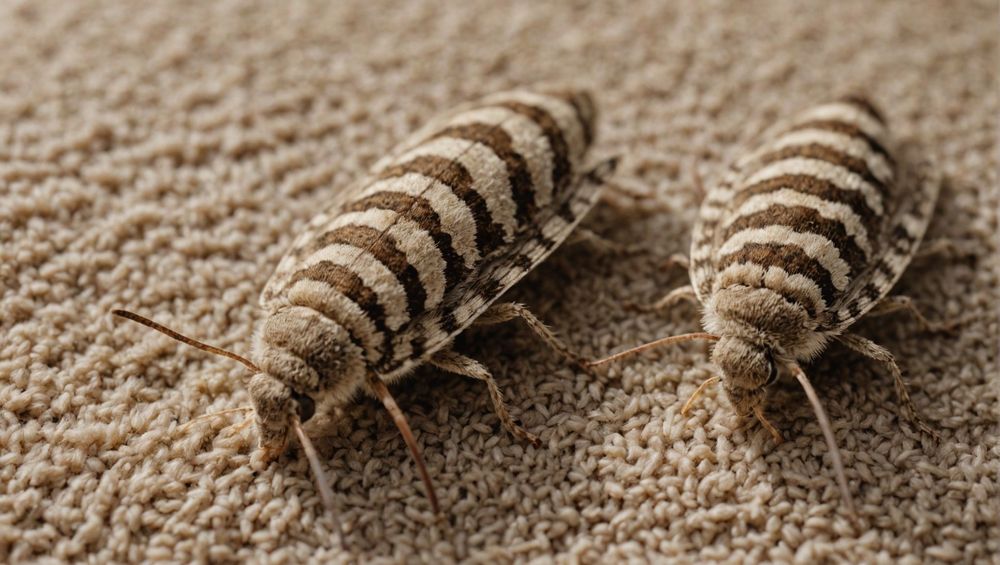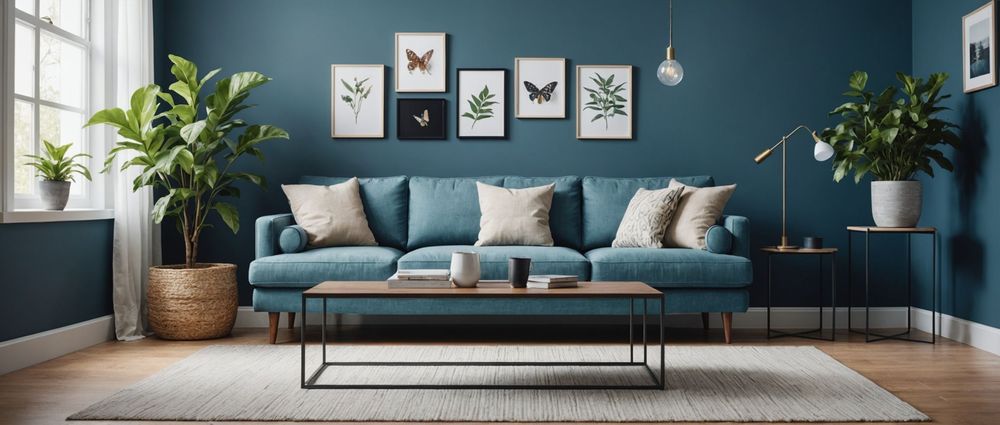Carpet moths can wreak havoc in your home, particularly if left unchecked. These pesky insects can damage carpets, upholstery, and other textile materials, leading to costly repairs or replacements. Recognizing the early signs of a carpet moth infestation is crucial for effective control and prevention. In this article, we will explore the telltale signs of carpet moths, understand their behavior, and outline steps to safeguard your home from these destructive pests.
Understanding Carpet Moths

Carpet moths, primarily the larvae of the common carpet moth (Tineola bisselliella), are small, winged insects that thrive in warm environments. They are typically light brown or yellowish and measure about 5-6 mm in length. Carpet moths are often mistaken for clothes moths, as both pests share similar habitats and feeding habits. Unlike adult moths, which do not cause damage, it is the larvae that do the most harm by feeding on natural fibers in carpets and furnishings. Understanding their life cycle is critical in recognizing the signs of an infestation.
Common Signs of Carpet Moths
Identifying carpet moths early can save you from extensive damage and expenses later on. Here are some key signs to look out for:
-
Larvae Damage:
Look for areas where the fibers appear chewed through or frayed. This is often an indication of larvae feeding on the material. -
Webbing:
You may notice fine silk webbing or threads in dark corners or hidden areas. This is a common sign of active larvae. -
Moth Casings:
Adult moths shed their skins as they grow. If you come across small, hollow, tan-colored casings, it’s a sure sign of larvae presence. -
Adult Moths:
Spotting live carpet moths flitting around your home is a clear indication of a potential infestation. -
Increased Insect Activity:
Pay attention to any increase in insect activity near textiles, especially in warmer months when moths are more prevalent.
Identifying Areas at Risk

Carpet moths often inhabit specific areas in your home that provide the right environment for breeding and feeding. Certain high-risk locations include:
-
Carpets and Rugs:
Especially those made from natural fibers like wool or silk, as these provide food sources. -
Closets and Wardrobes:
Dark, undisturbed spaces are ideal for moths to thrive. Keep an eye on stored clothing and blankets. -
Furniture:
Upholstered furniture, particularly older pieces, can harbor moths unseen. -
Basements and Attics:
These areas often contain items that are rarely disturbed, making them perfect breeding grounds.
Effective Prevention Techniques

To keep carpet moths at bay, proactive measures are essential. Implement the following prevention strategies:
-
Regular Cleaning:
Vacuum carpets, rugs, and upholstery frequently to remove any potential moth eggs or larvae. -
Storage Solutions:
Store summer or winter clothes in airtight containers to protect against infestations. -
Use Moth Traps:
Sticky traps can help monitor and reduce the adult moth population. -
Consider Natural Repellents:
Essential oils like lavender, cedarwood, or peppermint can deter moths naturally. -
Professional Help:
If an infestation is suspected, don’t hesitate to consult pest control professionals.
Conclusion
Being vigilant and informed about the signs of carpet moths is essential in preventing damage to your home. Regular inspections and maintenance, alongside immediate action at the first sign of an issue, can save you significant time, money, and stress. By understanding the behavior and habitats of carpet moths, you can effectively protect your home and keep it free from these unwelcome intruders.
FAQs
1. What do carpet moths look like?
Adult carpet moths are small, about 5-6 mm in size, with a light brown or yellowish color. They have fringed wings that can make them appear more prominent in certain light conditions.
2. How can I remove carpet moths?
To remove carpet moths, vacuum affected areas thoroughly, launder infested fabrics at high temperatures, and consider using moth traps. If the infestation is severe, consult pest control professionals.
3. Are carpet moths harmful to humans?
No, carpet moths are not harmful to humans. They do not bite or sting, but their larvae can damage clothing and belongings made of natural fibers.
4. How do I prevent carpet moths from returning?
To prevent carpet moths from returning, maintain clean living spaces, use airtight storage for textiles, and apply natural repellents like essential oils in vulnerable areas.
5. Can I treat carpet moths myself?
Yes, you can treat carpet moths yourself using a combination of thorough cleaning, storage techniques, and traps. For severe infestations, however, it’s wise to consult a pest control expert.
